Adolph Weinman: Master Sculptor
Weinman did not consider himself to be a coin designer or medalist, but instead referred to himself as a sculptural artist.
Adolph Alexander Weinman was born in Durmersheim, Germany in 1870. He immigrated with his widowed mother to the United States when he was only 14 years of age. He worked multiple jobs but attended evening classes at the Cooper Union. When he was able to afford it, he went to the Art Students League of New York.
By 1890, he studied at the studios of a number of famous artists such as Philip Martiny, Daniel Chester French, Olin Warner, and Augustus Saint-Gaudens. He honed his skills there and worked in a wide variety of sculptural mediums and genres.
By 1904, Weinman opened his own studio and on the occasion of the St. Louis World’s Fair that year he exhibited a large figurative grouping called the “Destiny of the Red Man,” which won him critical acclaim.
In 1915 Weinman created another magnificent sculpture for the Panama-Pacific International Exposition in San Francisco. The “Fountain of the Rising Sun,” was one of the many well-known sculptural fountains for which the Panama-Pacific Exposition was famous.
A year later in 1916, at a meeting of the Secretary of the Treasury, Robert McAdoo, the United States Mint Director Robert Woolley and the Commission of Fine Arts, it was decided that the Mint would replace the three silver coins in circulation—the dime, quarter dollar and half dollar—with innovative designs. All three of these coins had been of the same design since 1892 and all three were designs created by Mint Chief Engraver, Charles E. Barber.
Barber was asked to create designs for these three denominations, but unlike their predecessors each denomination should be of a unique design. Following in the path laid out a decade earlier by then-President Teddy Roosevelt, the parties wanted these coins to be of the highest artistic acclaim.
Unbeknownst to Barber, three outside artists were also invited to offer their coinage candidates for consideration. Invited to offer design candidates were artists Hermon MacNeil, Albin Polasek, and Weinman.
After reviewing all of the potential candidate designs for the three coins, designs from two of the invited artists were deemed as the successful efforts. Hermon MacNeil would design what would become the Standing Liberty Quarter while Adolph Weinman designs would grace both the Mercury Dime as well as the Walking Liberty Half Dollar.
Barber was not happy receiving that information via letter from Woolley, who politely thanked Barber for his prior designs and his current unsuccessful candidates. Barber was especially unhappy about being told that he would need to have working models of these three designs in a very short span of time.
Weinman’s Dime depicted a portrait of Miss Liberty, facing to the left with the word “LIBERTY” above her on the upper periphery. The coin acquired the nickname "Mercury Dime” as there are wings on the Phrygian cap that Miss Liberty is wearing. It reminded many people of the Roman god Mercury who is always portrayed as wearing a winged cap, as he served as the ‘Messenger to the Gods.’ But what Weinman was attempting to depict was ‘Freedom of Thought,’ and not the god Mercury.
The reverse of the dime also was inspired by Roman designs as it depicted a fasces, which was popular in Roman times to depict an emperor’s power over the citizens of Rome.
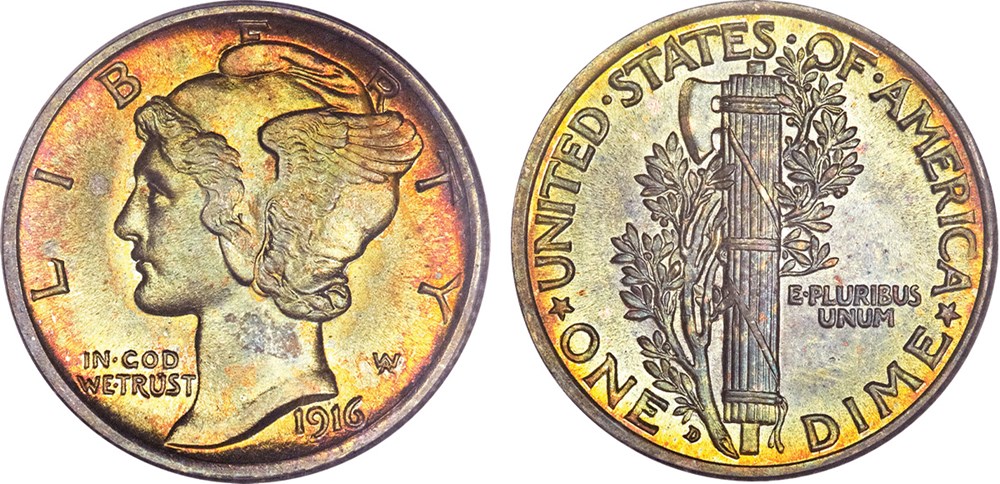
Weinman’s half dollar design was iconic and beautifully done. He depicted an allegorical representation of Miss Liberty, garbed in flowing robes, as the sun rises behind her, with an American flag about her shoulders, walking to the left. Liberty’s right hand is extended palm up and she carries a bundle of branches nestled in her left arm. The motto “IN GOD WE TRUST,” and the word “LIBERTY,” as well as the date are all displayed.
Weinman’s reverse depicts an American Bald Eagle standing on a boulder with branches below and it bears the standard mottoes “UNITED STATES OF AMERICA,” “E PLURIBUS UNUM,” as well as the denomination “HALF DOLLAR.”
The design of the Walking Liberty Half Dollar is considered one of the most iconic and most ‘uniquely American’ of all of our coin designs.

Although he was a member of the American Numismatic Society, Weinman did not actually consider himself to be a coin designer or medalist. Weinman often referred to himself as a sculptural artist.
In fact, the Mercury Dime and the Walking Liberty Half Dollar are Weinman’s only successful coin designs. However, his son, Howard Weinman, did design an American coin that was struck by the United States Mint. He designed the 1936 Long Island Tercentenary Commemorative Half Dollar. That, too, was Howard’s only successful coin design.
Beyond the sculpture and the sculptural fountains for the 1904 St Louis World’s Fair and the 1915 Panama-Pacific International Exposition, Adolph Weinman also created a number of statues of Abraham Lincoln in the states of Wisconsin and Kentucky. He created a figural statue for the Bronx County Court House in New York City, executed sculptures in Washington, D.C. for the Post Office Department Building and figural sculptures for the National Archives Building, created the ‘Drafting of the Declaration of Independence’ inside the Jefferson Memorial, and for the United States Supreme Court, Weinman created friezes portraying ‘Lawgivers of History,’ ‘Majesty of Law,’ ‘Power of Government,’ and ‘Powers of Good, Powers of Evil.’
His works are also enshrined in numerous other states and municipalities across the nation. Other of his works are contained in important collections and museums around the world including New York’s Metropolitan Museum of Art.
Although Weinman only created two successful coin designs from the early 20th Century, his Walking Liberty design, used on the circulating half dollar coins from 1916 to 1947, was used on America’s first silver bullion coin. In 1986, his design appeared on the obverse of the American Silver Eagle bullion coin. This design continues to be struck annually with mintages in the millions for a new generation of collectors to enjoy.

Download the Greysheet app for access to pricing, news, events and your subscriptions.
Subscribe Now.

Subscribe to RQ Red Book Quarterly for the industry's most respected pricing and to read more articles just like this.
Author: Michael Garofalo
Related Stories (powered by Greysheet News)
View all news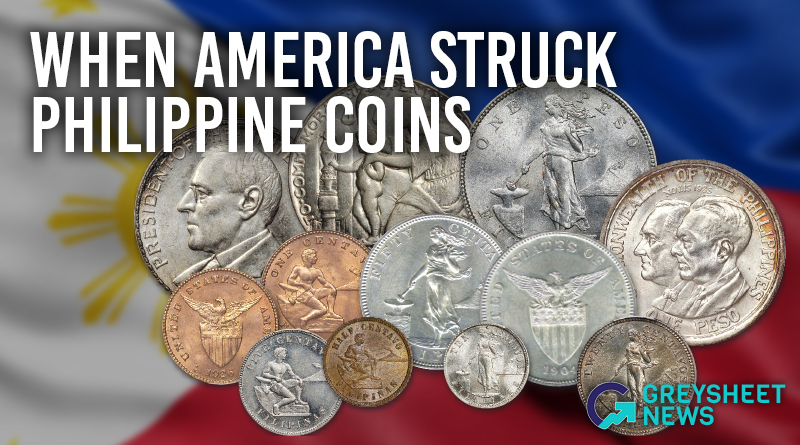
When the United States took control of the Philippines, Congress enacted the Philippine Coinage Act of 1903 which established a new currency system based on the United States gold standard.
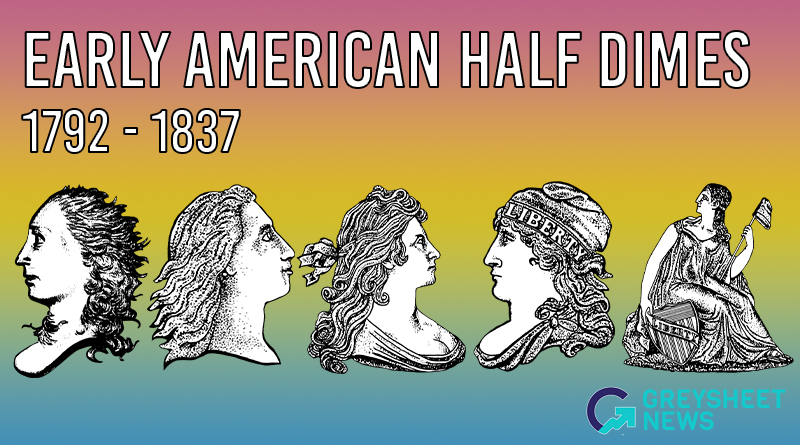
This earliest half dimes have been the subject of more than two centuries of rumors, innuendo, and conjecture.
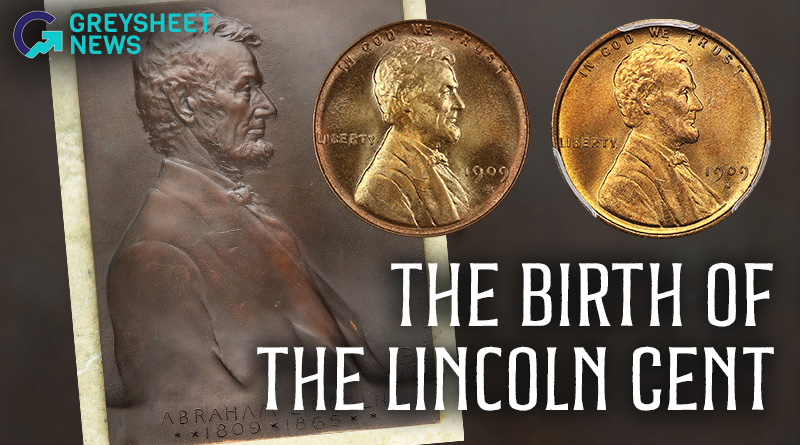
For the U.S. to place an image of a real historical person, even one as legendary as Lincoln, on a coin took great courage.


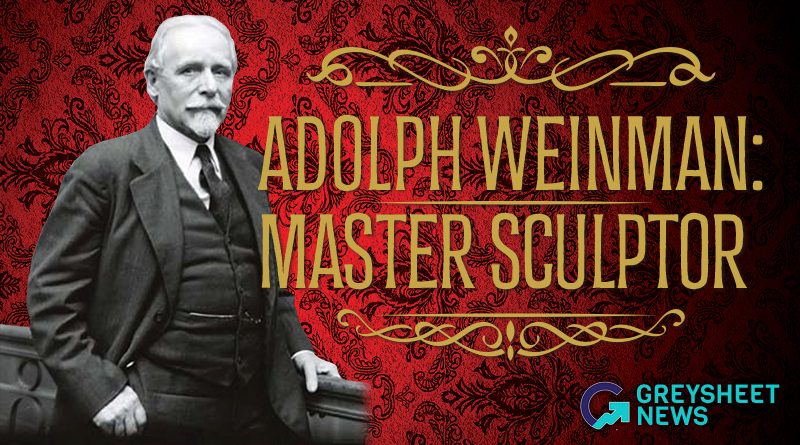






Please sign in or register to leave a comment.
Your identity will be restricted to first name/last initial, or a user ID you create.
Comment
Comments